Palmetto Bluff Real Estate Company Sales Office
Office Hours
Monday-Friday 9am - 5pm
Saturday 9am - 4pm
Sunday 12 - 4pm
Saturday 9am - 4pm
Sunday 12 - 4pm
Special thanks to Court Atkins Group and their interior design team 501 South Studio.
I am always drawn to perfectly styled interiors seen in magazines featuring artfully arranged tablescapes. It seems mystifying how designers put together these beautiful compositions, but don’t be intimidated to try your hand at styling; it is easier to master than you might think. There are a few basic tips to keep in mind to ensure styling success. Remember, this is a creative process, so have fun with it!
Whether a contemporary console or antique chest of drawers, starting with a blank canvas is essential. To begin, remove all existing items from the surface of the furniture piece. This enables you to reset the perspective and determine a design direction. Even if you are certain of including a lamp, and there is one already in place, the new plan may lead you to consider an entirely different lamp than what was originally there.
Creating a tablescape that is balanced starts with the objects used in the composition. Items should relate to one another in scale and vary in texture and finish – this creates visual interest –but don’t hesitate to mix pieces that are different from each other. Consider incorporating objects that are special and meaningful to you and will be interesting to others.
A lamp is a great accessory to begin your composition with; it not only provides ambient light, but it contributes shape, color, height, and visual weight to the tablescape. A lamp can also serve as a background element alongside other objects you may want to feature. If a lamp is an anchor at one end of the furniture piece, you will need an anchor at the opposite end for balance. You may consider a vase with fresh flowers or oversized branches to create symmetry. When in doubt, always add greenery – it brings freshness and life to a space.
The next step in the process is the “magic sauce,” what designers refer to as layering. Select a few favorite coffee table books and stack them in graduated sizes with the spines facing outward so the titles and color add visual interest. Next, layer decorative objects beside the books and perhaps something smaller in scale on top of the books. Small lidded boxes, wooden or bronze sculptures, or ceramic pieces are favorite designer “go-to” pieces when accessorizing. As you compose accessories, remember that it is just as important to vary the height of your decorative elements as it is to avoid arranging items in a straight line. Pull some things forward in the space to give them importance and push others to the background. If the furniture sits against a wall, the perfect backdrop for the composition could be a beautiful decorative mirror or a cherished piece of art leaned against the wall.
Finally, add another layer of luxe with a beautifully scented candle as the finishing touch to your tablescape. Not only does the soft glow of candlelight add warmth to the vignette, but a well-chosen scent can create a mood that inspires calm and tranquility. No well-designed space is complete without one (or two).
***
Photo 1, J. Savage Gibson Photography: This console tablescape immediately draws you in with balance, sculptural elements, greenery, books, and candles. Candles are always a good choice.
Photo 2, Deborah Van Plew: This dramatic portrait is anchored by an elegant lamp, fresh flowers, and a ceramic bowl on top of a stack of books.
Photo 3, Kelli Boyd Photography: This chunky ceramic lamp is flanked by luscious drapery panels while the bowl and flowers offer contrast and interest.
Photo 4, Deborah Van Plew: Clean and polished accessories flank an elegant and understated mirror.
Photo 5, J. Savage Gibson Photography: An inviting tray of cordials sits between an artistically glazed ceramic lamp and feathery greens.
Photo 6, J. Savage Gibson Photography: Framed art, sculpture, ceramics, and fresh greens co-mingle on top of this console while woven baskets anchor the composition and add some visual weight to the thin legs of the table.
%GALLERY%
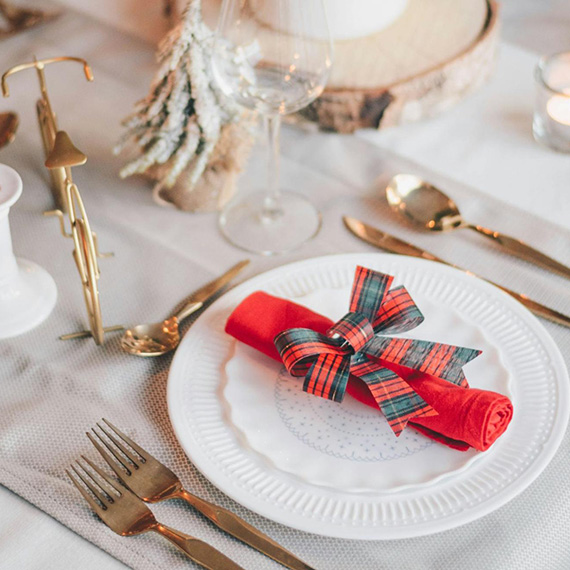
Warm, fragrant, and deeply comforting, Chef Beth’s Southern Sausage & Sage Stuffing is a holiday classic that brings together rich pork sausage, fresh herbs, and toasted bread for the ultimate savory side dish. Studded with green apples and aromatic vegeta...

As December settles over Palmetto Bluff, it brings softer light, cooler mornings, and the natural beauty of native evergreens and winter berries that define the Lowcountry landscape. Palmetto Bluff Conservancy’s Education and Outreach Manager, Aaron Palmier...
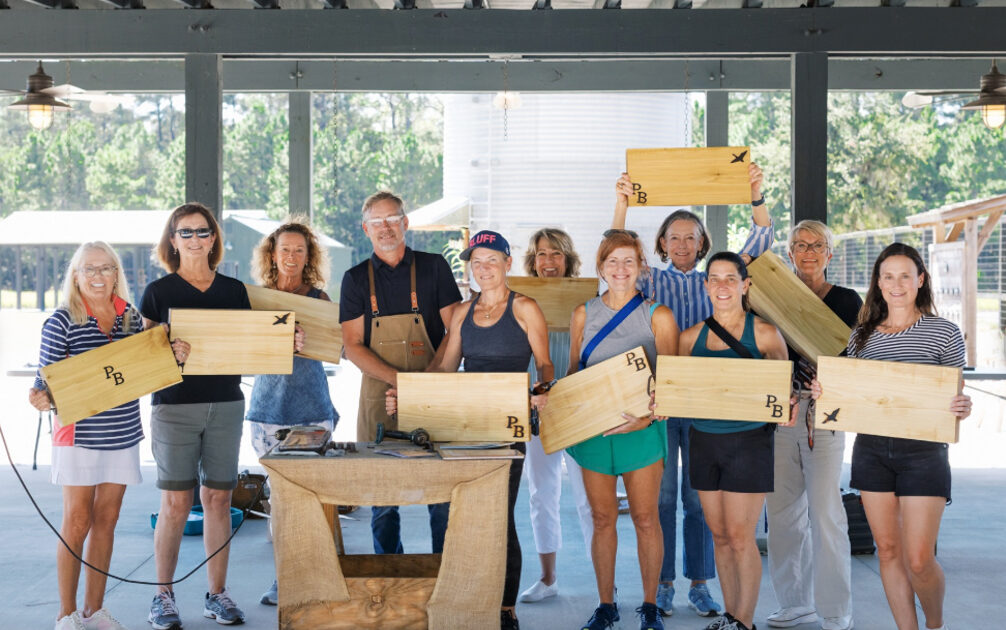
In 2025, Palmetto Bluff welcomed new neighbors and old friends, groundbreakings, and long-awaited openings. From inspired Club gatherings and elevated programming to the creation of our latest golf course, the year was defined by connection and excitement for ...

There is something serene about waking up to shimmering water, the stillness of the woods, or the sweep of marsh and sky right outside your window. Even without stepping outside, science shows that simply seeing nature from home can meaningfully improve mental...
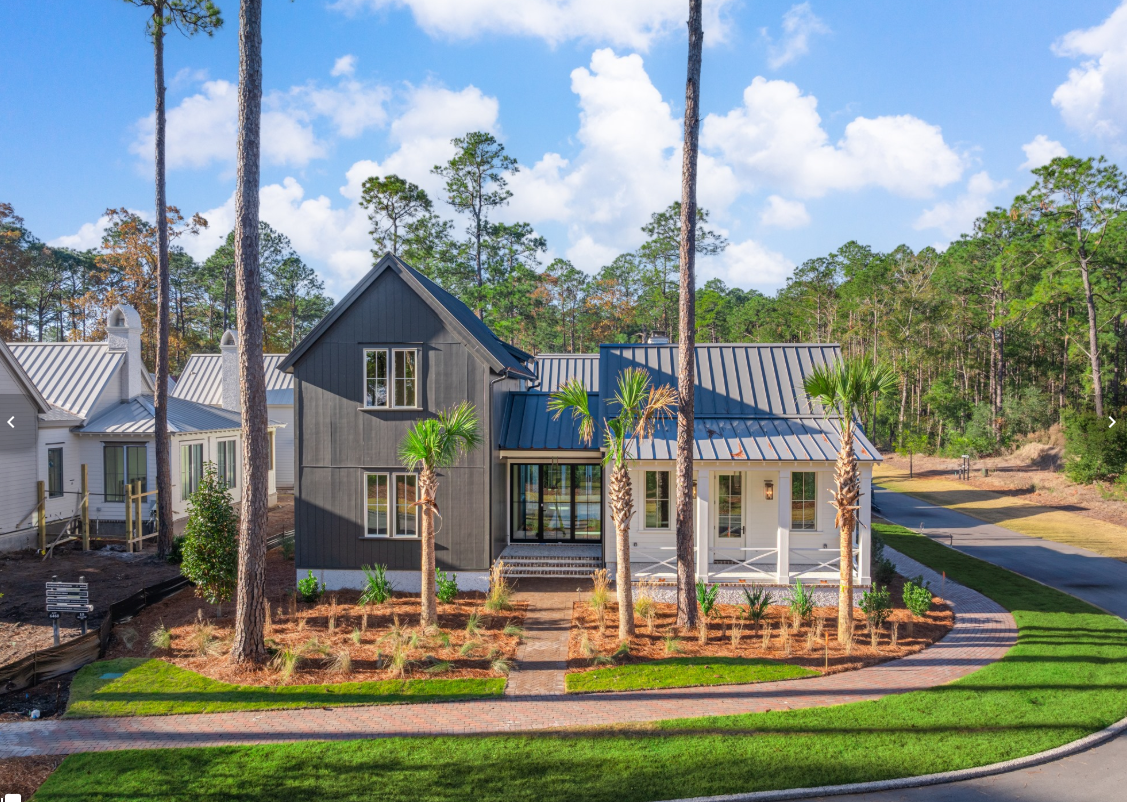
The Ultimate Choice: Building vs Buying a Home in Palmetto Bluff For those searching for Palmetto Bluff homes for sale, this common question often arises: Should you choose an existing residence, or embrace the opportunity to build your own? While a complet...

A Complete Guide to South Carolina Winter at Palmetto Bluff South Carolina's winter is unlike any other on the East Coast. While many travelers search for “South Carolina winter” expecting cooler temperatures and limited outdoor options, the Lowcountry revea...
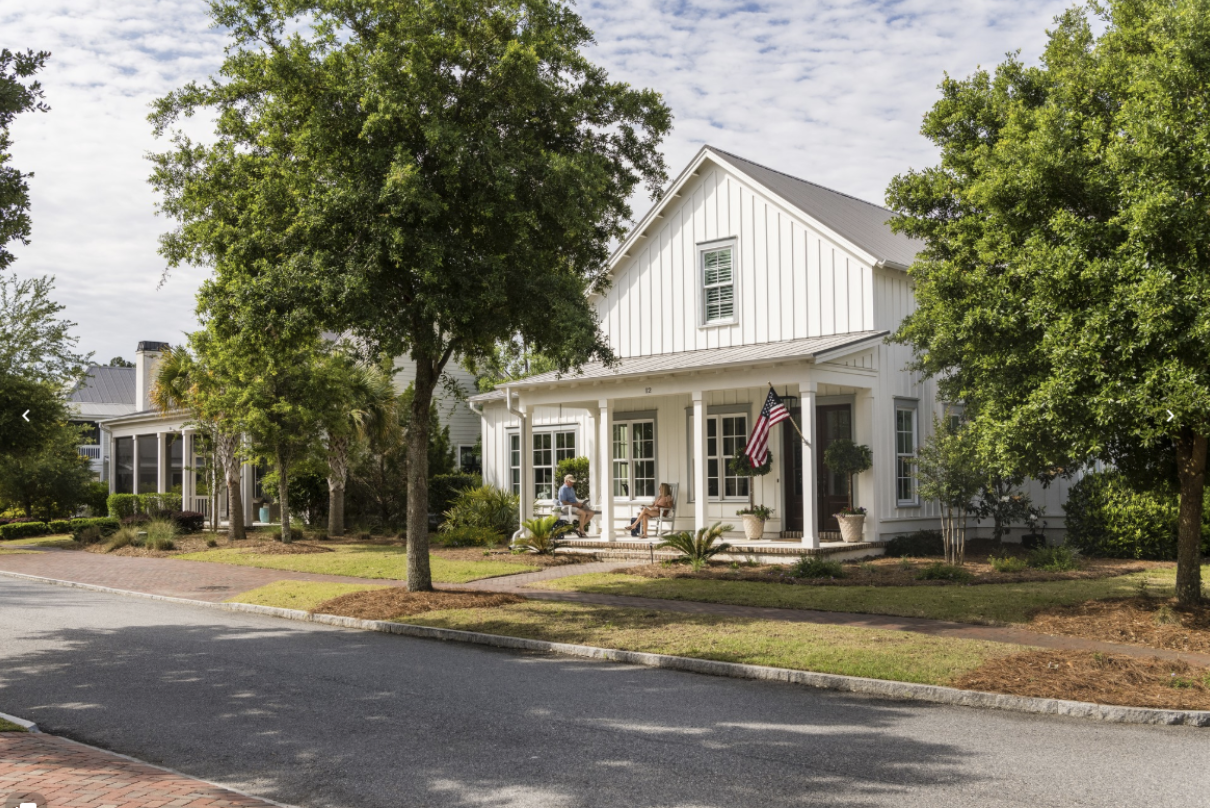
River Road: Where Lowcountry Beauty Meets Elevated Everyday Living Tucked gracefully between Wilson Village and Moreland Village, River Road is one of Palmetto Bluff’s most immersive communities. It's where the pace of life seems to soften, classic Southern ...

Sunday, December 14 | 9am to 1pmVillage GreenThe season’s most festive farmers market, the Holiday Farmers Market, comes to Wilson Village on Sunday, December 14, from 9am to 1pm. All are welcome to visit and experience the magic of holidays at the Bluff. The ...
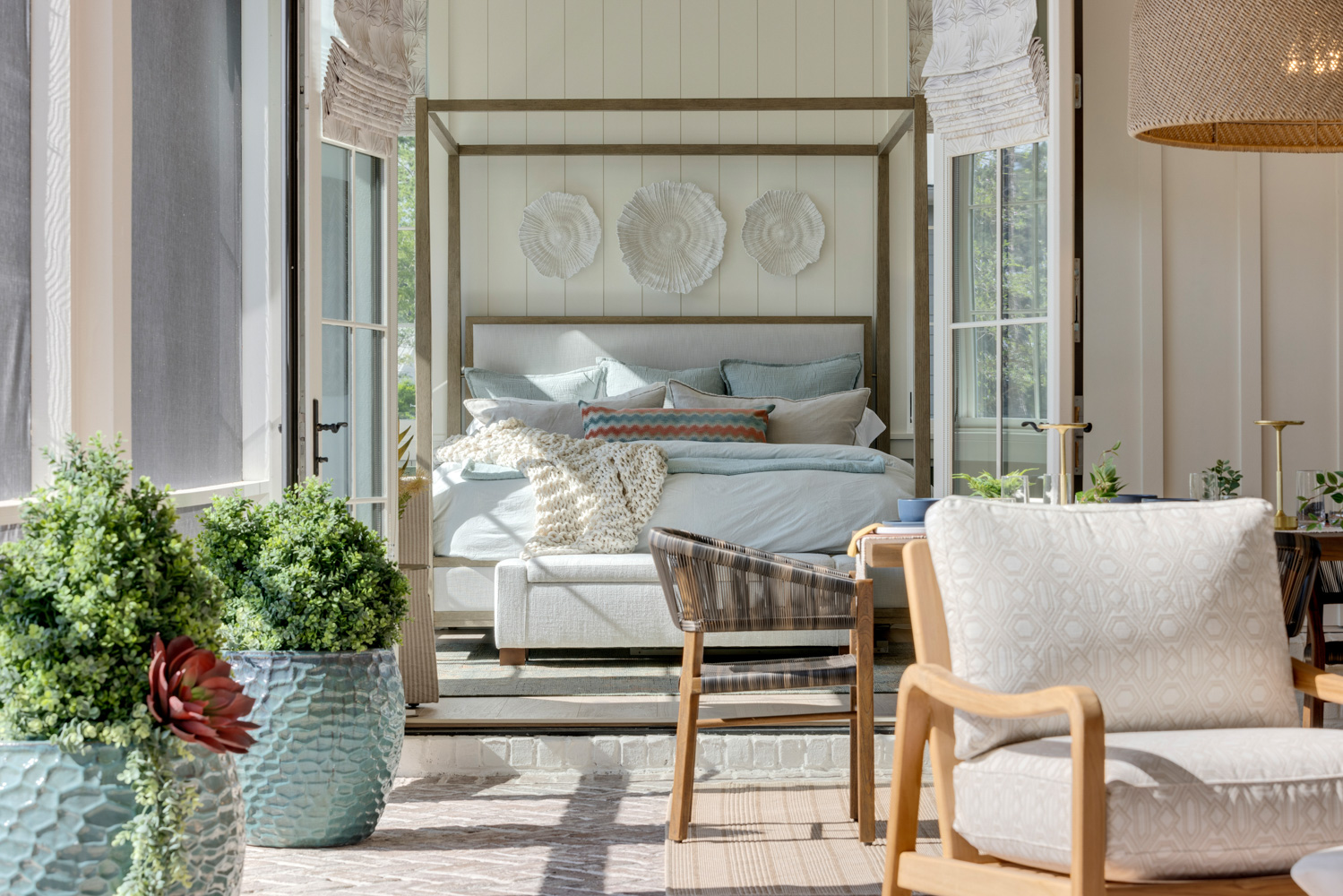
Tucked amid whispering pines and overlooking a tranquil water trail, 11 Lyonia Street is where Lowcountry charm meets modern artistry. The newly built residence redefines Southern living with a balance of craftsmanship and calm. This is a home that feels both ...
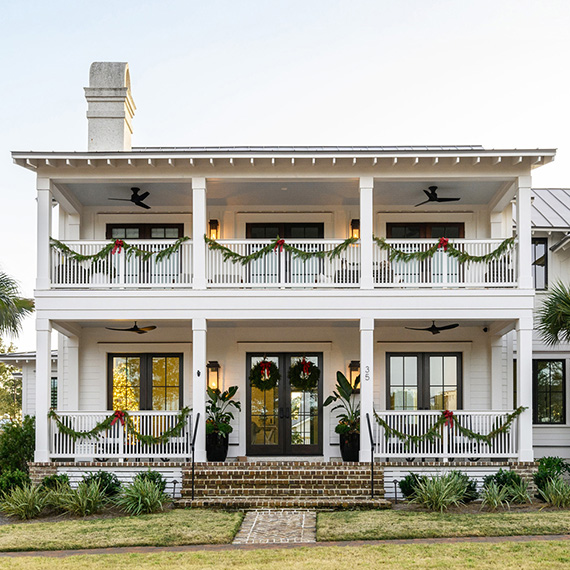
The holiday season in the Lowcountry brings crisp air, oaks draped in twinkling lights, and laughter drifting from homes where families and friends gather once again. At Palmetto Bluff, the holidays are more than just a season; they’re a feeling of togethernes...
Learn about the Palmetto Bluff Conservancy and how we keep the vision of our land in place.
On land or water, there is an ever-evolving variety of activities.
We do not attempt to independently verify the currency, completeness, accuracy or authenticity of the data contained herein. All area measurements and calculations are approximate and should be independently verified. Data may be subject to transcription and transmission errors. Accordingly, the data is provided on an “as is” “as available” basis only and may not reflect all real estate activity in the market”. © [2023] REsides, Inc. All rights reserved. Certain information contained herein is derived from information, which is the licensed property of, and copyrighted by, REsides, Inc.